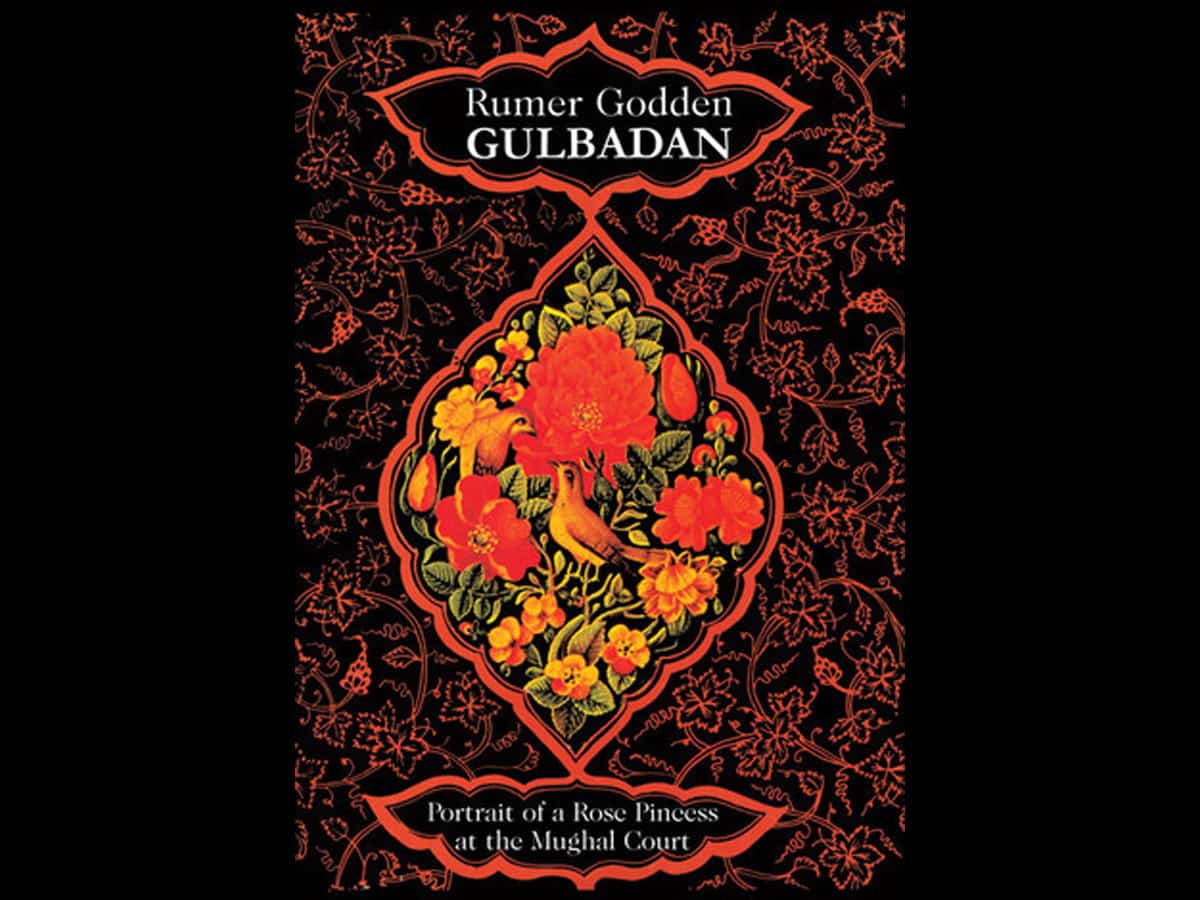
The lifestyle of people who lived 500 years ago, especially those belonging to the Mughal dynasty, has been vividly brought to life in the pages of a book written by British author Rumer Godden. The title of the book is Gulbadan, Portrait of a Princess at the Mughal Court. The story is essentially a biography of Princess Gulbadan, youngest daughter of Babur, founder of the Mughal Empire in India.
The author consulted a variety of sources to gain information to write this fascinating book. Among her sources was a translation of the Humayunnama into English by Annette Beveridge, a well known Oriental scholar who also translated the Baburnama.
Rumer Godden, who authored the biography of Gulbadan lived in India and grew up with her sisters in Narayanganj (now in Bangladesh) where her father, a shipping company executive, was posted. Later Godden lived in Calcutta (now Kolkata) and in Kashmir for several years.
According to the biography, Princess Gulbadan was born in 1523, exactly 500 years ago. From a young age, she was a precocious child – very intelligent and curious about the incidents that were happening around her. The book narrates her life within the zenana.
When she was a small girl, her father Zahiruddin Mohammad Babur was ruling in Kabul. The Mughal dynasty had not been established in India. As a child she used to play with her brothers and sisters. Her brothers included Humayun, Kamran, Askari and Hindal, and she had three sisters.
The toys that the children possessed included small statues of horsemen, archers, farmers and others made of wood, painted in gay colours. With these they conducted imaginary battles. Another popular activity was to fly kites. From the highest ramparts of her father’s fort, it was a great pleasure to fly kites. Buffeted by strong winds, the kites would soar high in the sky and be made to dance under the skillful control of the children.
Babur was a very active ruler and would often be away from his fort for days and months. If he was not fighting battles, he would go on hunting trips. Little Gulbadan would miss her Baba very much. She was proud that her father was an important man and respected by everyone. From the topmost ramparts she would sometimes see rising clouds of dust far away in the fields. This sight would excite her. For it meant that horsemen were approaching. Perhaps her father was returning. Or at least a messenger from her father was coming bearing a letter.
This peaceful and happy life of childhood ended when Babur passed away. By then the family base was in India. There followed a period of hardship for the family because Humayun was not the strong and decisive leader that Babur had been.
The worst happened when Sher Shah overthrew Humayun. In one of the battles between Sher Shah’s troops and the Mughal contingent (which also included women and children of the royal family), the latter were forced back to a river from where they could not retreat any further. In a wild battle many innocent lives were lost including that of six year old Princess Aquiqa, the only daughter of Humayun.
She fell into the river and her body was never found. It was a sad day for the entire family and they were all grief stricken.
Many years later when Gulbadan was an adult, her nephew Emperor Akbar instructed her to write a biography of her father Babur and brother Humayun. By this time she wielded great influence in the imperial household and was much loved both by Akbar and his mother. Her biography of Humayun later became a famous work of literature.
She was an educated, pious, and cultured woman. She was fond of reading and she enjoyed the confidences of her brother, Humayun, and nephew, Akbar. A copy of the manuscript of her handwritten biography is kept at the British Library in London. Rumer Godden has written about the life of the Princess in a simple style which is delightful and informative.
